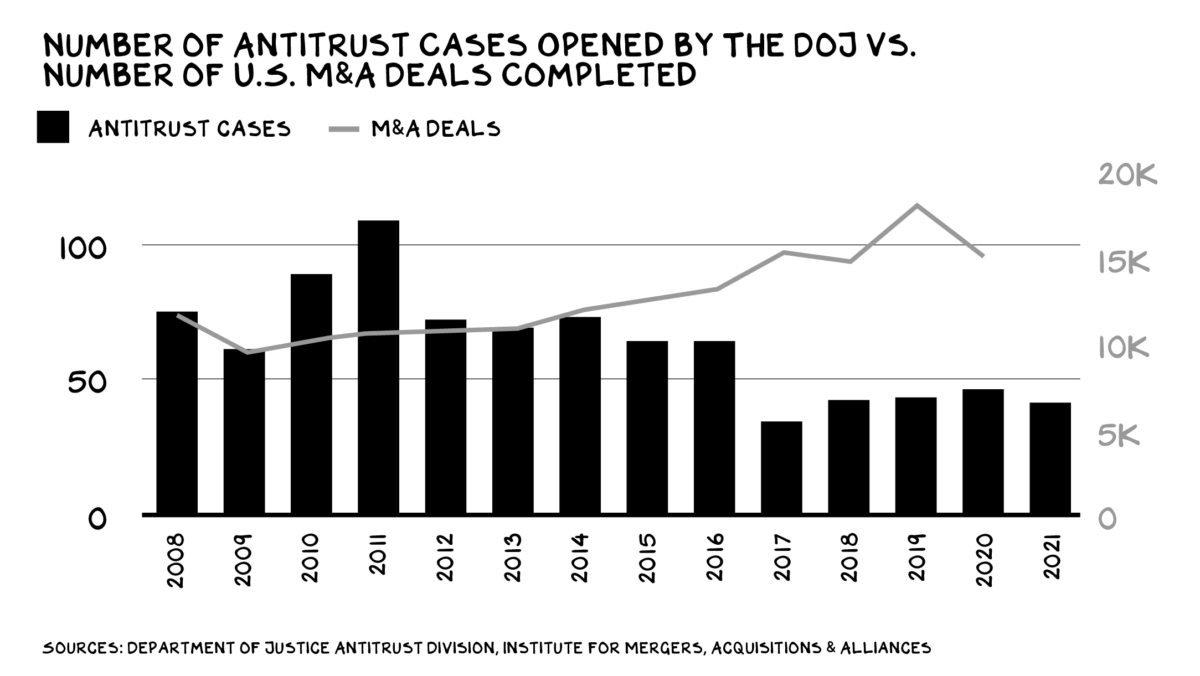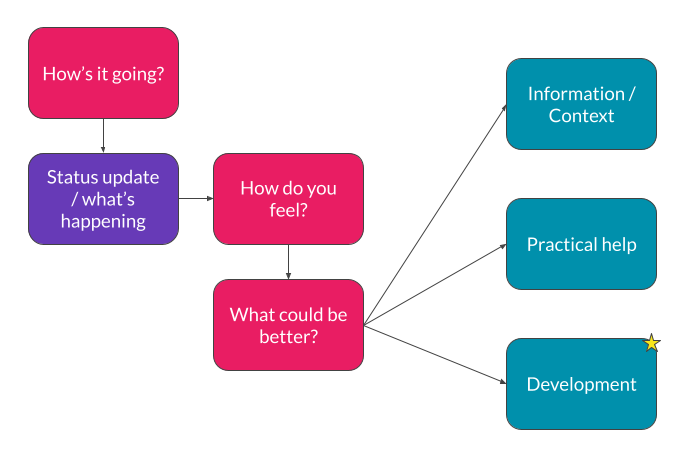
2011-2022
There were tears, there were nose boops, there was steak, there was peanut butter whiskey.
Truman had just beat lymphoma in June, when he first went into respiratory distress from congestive heart disease. He, Erica and I have been fighting that and pulmonary hypertension since. It’s a balancing act between being able to breath and kidney failure.
He started eating less this past weekend, stumbling around, then not eating anything. Then yesterday he had a grand mal seizure in the yard.
He was telling us it was time to go.
“Peace and long rest for weary old heart and head and limbs, and eternal sleep in the earth I have loved so well. Perhaps, after all, this is best.” – Eugene O’Neill’s will for his dog
I know he’s in a better place. Digging (and eating) in the dirt with abandon on fully functional knees. It’s always “Truman weather” (cold but not freezing, sunny and never raining), and his parents let him eat all the street pizza and chicken bones he can find.
Farewell my sweet, good, good boy.



